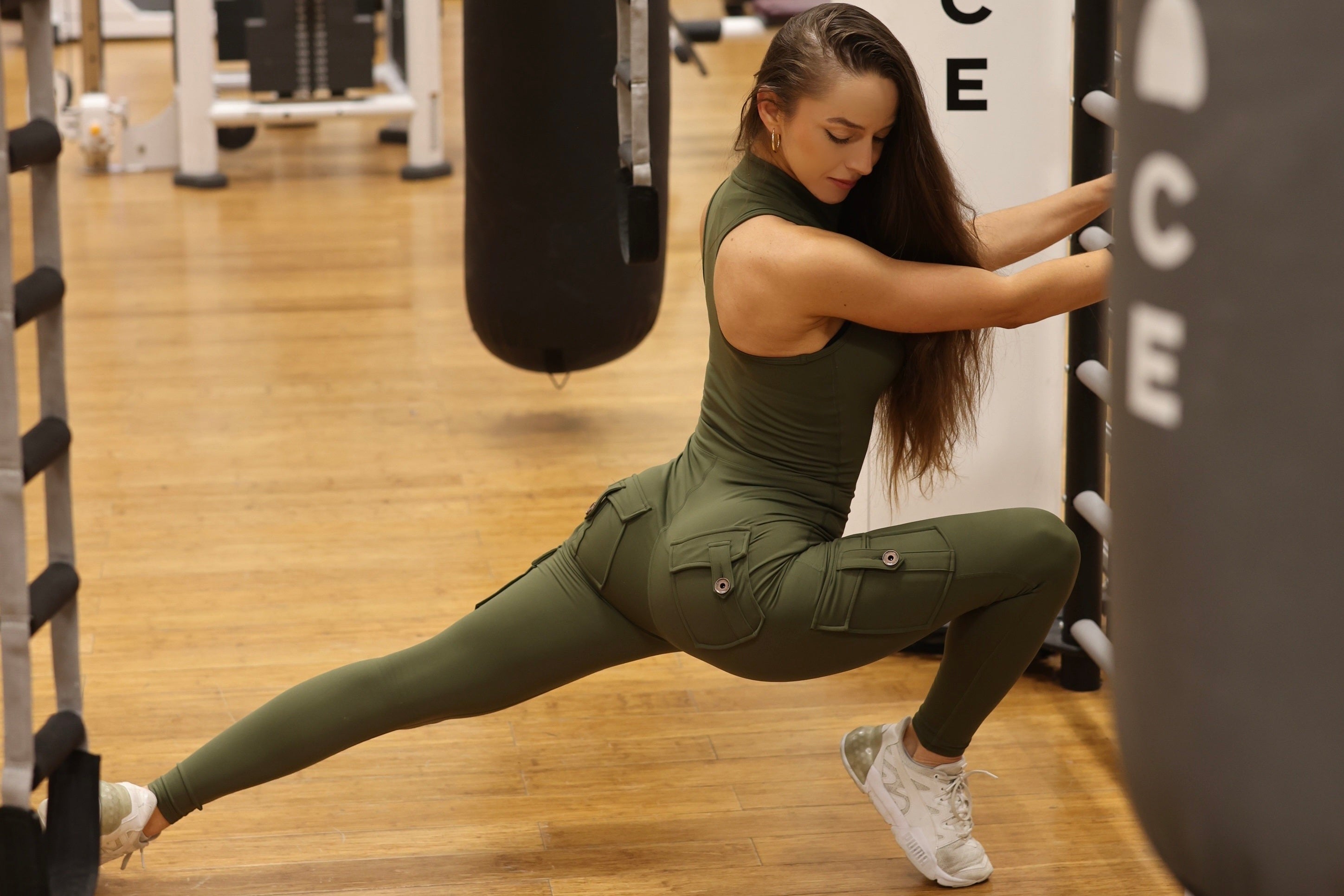
How to Choose the Best Workout Leggings
If you want to maximize the benefits of your workout, wearing the right exercise clothes is essential. Streetwear often falls short—it can be restrictive, lacks breathability, and isn’t built to withstand the wear and tear of intense physical activity. On the other hand, sports-specific gear excels in one area but might not meet the needs of general exercise.
That’s why many athletes turn to versatile, all-purpose workout gear. Leggings, in particular, are a popular choice for their balance of comfort, flexibility, breathability, and coverage. With so many options available, however, selecting the perfect pair can feel overwhelming. This guide will help you navigate the most important factors to consider when choosing workout leggings.
Table of content
Why Workout Leggings Are a Great Choice
Workout leggings offer several advantages, making them a go-to option for athletes:
Versatility: Leggings work well for a variety of activities, including yoga, Pilates, running, weightlifting, and high-intensity interval training (HIIT).
Snug Fit: Made from stretchy materials, leggings move with your body and avoid snagging, making them ideal for dynamic activities like trail running or lifting.
Breathability: Most workout leggings are crafted from lightweight fabrics like polyester or nylon, helping you stay cool and dry, even during intense sessions.
Coverage: Leggings provide full leg coverage, protecting you from the elements and offering light compression for added leg support. Insulated options are great for staying warm during cold-weather workouts.
Layerability: Their fitted design makes leggings an excellent base layer. They can be worn under uniforms or sweats for added warmth during warmups or cold-weather games.

Features to Look For in Workout Leggings
When shopping for leggings, focus on the following quality indicators:
High-Quality Materials
Opt for durable, breathable fabrics like polyester, nylon, or spandex. Look for soft, stretchy materials that feel supportive without being flimsy.
Flat or Seamless Construction
Raised seams can cause chafing during movement. Choose leggings with flatlock stitching or seamless designs to reduce friction.
Reinforced Stitching
Even, secure stitching without loose threads ensures your leggings will last through tough workouts.
Wide Waistbands
A wide waistband helps keep leggings in place and evenly distributes pressure for a more comfortable fit.
Gusseted Crotch
A gusseted crotch (a triangular or diamond-shaped stitch pattern) enhances flexibility, durability, and comfort, making leggings “squat-proof” for demanding exercises.
Additional Features to Consider
Insulation
Some leggings are designed with thermal fabrics to keep you warm during winter runs or as a base layer under uniforms.
Ventilation
Summer-friendly leggings often feature mesh panels or moisture-wicking technology to help you stay cool during hot-weather workouts.
How Should Leggings Fit?
No matter how well-made your leggings are, they won’t feel comfortable or perform well if they don’t fit correctly. Unless you’re wearing compression leggings, they should feel snug but not overly tight. The waistband should stay securely in place, resting either at your waist for high-rise leggings or at your hips for mid-rise styles.
Choosing the Right Size: Finding the right size is crucial for both comfort and functionality. Follow these tips:
Check the Size Chart: Start with the manufacturer’s size chart. Most leggings are made from stretchy materials that fit a range of body types.
Size Up When in Doubt: If you’re between sizes, it’s better to go up a size. Tight leggings can restrict movement and cause discomfort.
Inclusive Sizing: Many brands offer extended sizing to cater to diverse body types.
Try Them On: Whenever possible, try on the leggings before purchasing. Move around in them and simulate workout movements to assess their comfort and fit.
High-Rise vs. Mid-Rise Leggings
High-Rise Leggings: High-rise styles offer extra coverage and support, making them ideal for activities like yoga or Pilates that involve bending or stretching.
Mid-Rise Leggings: Mid-rise leggings sit below the navel and provide greater mobility for aerobic activities like running or HIIT.
Choosing the Right Length
Full-Length Leggings: Cover the ankles and provide warmth and protection, perfect for cold-weather workouts or outdoor activities.
Ankle-Length Leggings: End just above the ankles, offering a balance of coverage and flexibility.
7/8 Length Leggings: Slightly shorter than full-length, these are stylish and versatile, hitting just above the ankle.
Capri Leggings: Stop mid-calf, making them ideal for warm weather or activities requiring ankle flexibility, like yoga.
Activity-Specific Leggings
While leggings are versatile, certain features enhance their performance for specific activities:
Yoga and Pilates: Look for ultra-flexible, soft leggings that move seamlessly with your body.
Running: Opt for running tights with moisture-wicking fabrics, compression fit, and features like pockets or reflective details.
Caring for Leggings
Proper care can extend the life of your leggings:
Washing: Wash leggings in cold water with similar colors and gentle detergent. Avoid bleach or fabric softeners. Hand washing is recommended for delicate fabrics.
Drying: Tumble dry on low or air dry. Avoid ironing or dry cleaning.
Frequently Asked Questions
Are high-waisted leggings better than mid-rise for workouts?
It depends on the activity. High-waisted leggings offer support and stay in place during yoga or weightlifting, while mid-rise leggings are better for running or HIIT, where mobility is key.
How do I know what size leggings to buy?
Refer to the size chart and try them on if possible. If you’re in between sizes, size up for more comfort and unrestricted movement.
How often should I wash my leggings?
Workout leggings should be washed after each use to maintain hygiene and fabric integrity.
Can I wear leggings for any workout?
Leggings are versatile, but consider the activity. For example, shorts are better for very hot days, and some sports may have regulations against leggings. Always choose leggings tailored to your workout needs.


